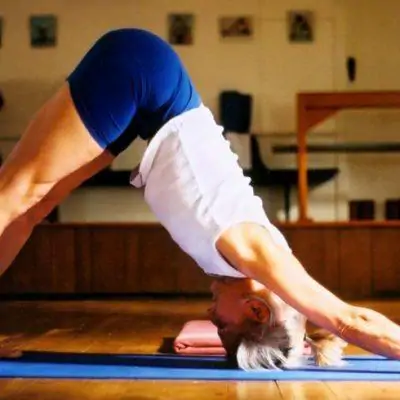Introduction
This session aims to bring us into advanced backbends such as Urdhva Dhanurasana, with the body ready and the mind well focussed. We do a few more active poses first, but we also work with free balancing inversions, which require stability and steadiness in and of themselves. Notice the clarity and quietness of the mind at the end of the session.
Start off in Supta Virasana, and notice what your body is telling you. What the legs are saying, what the hips are doing, how the upper back is responding. We start to focus inwardly right from the start.
Come up for Uttanasana and Adho Mukha Svanasana, staying a while in each to watch the back of the legs, the arms connecting to the side of the chest.
Now prepare for Adho Mukha Vrksasana, first taking the hands further from the wall and looking towards the wall, opening the dorsal spine fully. The second time, work on free balancing, setting up a little further away from the wall but where it can still catch you if needed. Only balance on the way up in this sequence. If you hit the wall, come down and try again.
Free balancing Pincha Mayurasana. Notice how looking for balance helps to focus the mind.
A few repetitions of Urdhva Hastasana, Uttanasana, Adho Mukha Svanasana, stepping back and then coming back to Tadasana in reverse. A few standing Poses from Adho Mukha Svanasana (Trikonasana, Parsvakonasana, Parsvottanasana, Prasarita Padottanasana). Find a rhythm and keep your focus on each action required.
Sirsasana, Parsva Sirsasana and Eka Pada Sirsasana follow. If not going into the full inversion here, take a chair and go to Dvi Pada Viparita Dandasana with the feet to the wall and the crown of the head on the floor in Sirsasana.
The backbends start here. We will start with Adho Mukha Svanasana and Urdhva Mukha Svanasana, repeating twice. For Bhujangasana, be clear about keeping the whole thigh to the floor and see how this differs in the upper back from Urdhva Mukha Svanasana where the thighs lift up.
Bring the opening of the dorsal that comes in Bhujangasana to Dhanurasana, as we are going against gravity from a prone position. Really lift the from thighs up as the buttocks resist downwards, and lift the front chest up, rolling the shoulders back.
Ustrasana: what will help to hold the neck in a stable position? Notice the importance of the holding of the legs to release the spine further and keep the whole back ribcage going up towards the ceiling, upper and lower ribcage.
Chatushpadasana, a few times on the breath not holding, and then holding the ankles. Find the lift in the outer hips, still keeping weight into the feet.
Now for Urdhva Dhanurasana. Use the blocks flat onto the floor to the wall, and go to the crown of the head and then lift up. Repeat three times.
Turn the blocks on their side, the narrow edge, and notice how you can lift the dorsal more and walk in more with the extrathoracic freedom. Now turn the blocks upright, tall, and do 2 times Urdhva Dhanurasana. Bring the weight onto the feet, draw the back thighs up and walk in a little more. Legs moving towards Tadasana.
Come to standing and set up for standing Back Arches: 3 times rolling back, holding the pose from your leg foundation. With the wall behind at an appropriate distance for your experience of this pose, take the hands up to the chest and then bring the arms overhead to reach the wall. Work to your capacity, either walking all the way down to the wall, or part way down. Come down to the floor or walk back up the wall and push off, using the legs to draw you back into Tadasana, upright. Repeat 2-3 times.
To quieten and “cool” the body down, take a block for the upper thighs and go to Uttanasana, releasing your back at the pace your body is ready for. Then the elbows and stay a little longer. Parsva Uttanasana repeating twice. Adho Mukha Svanasana, once with the block and once without.
Now set up for Supta Padangusthasana 1 and 2, staying about 45 seconds in each stage.
Take what you need for Ardha Halasana to a chair or bench. The alternative will be legs up the wall over the bolster and brick.
After some 7-8 minutes, come down and go to Simple Cross legs forward, head resting on a support. A final releasing pose, set up for Janu Sirsasana, with head support.
Finish your session with Savasana, using a belt or blanket to cover the eyes to let them soften and release down more quickly and more deeply. Observe yourselves, the quality you feel inside the head, behind the eyes. Notice if you have come to full quietness, to a steady mental clarity.
View sequence
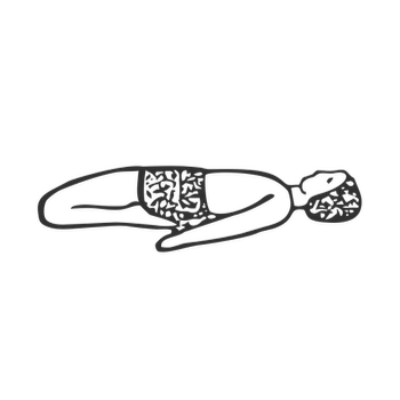
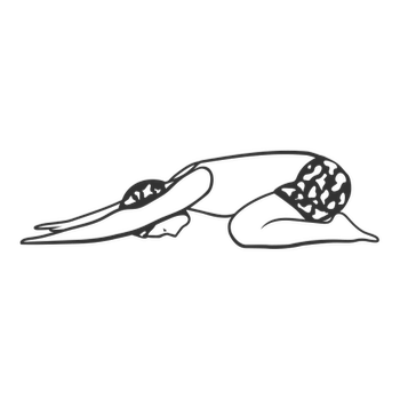
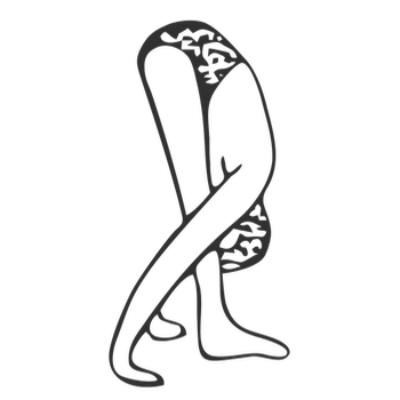
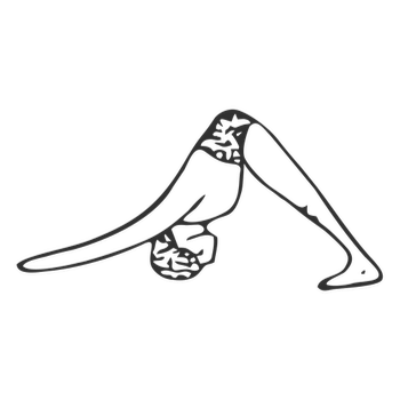
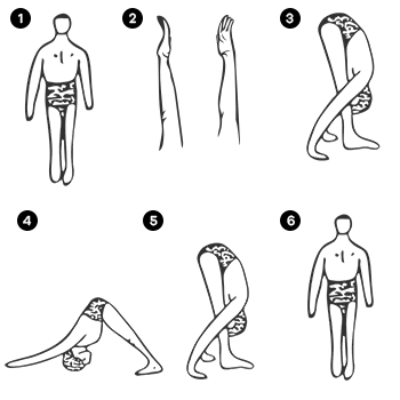
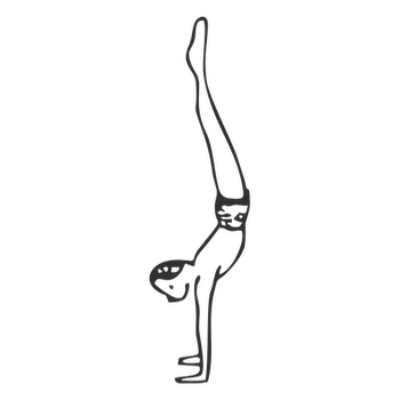

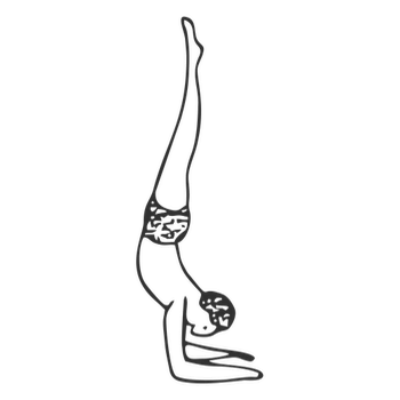




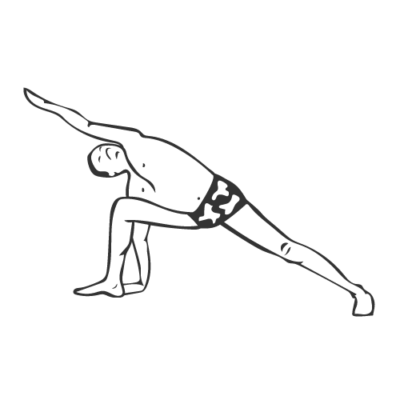

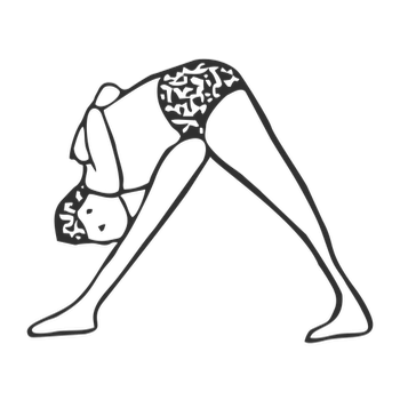
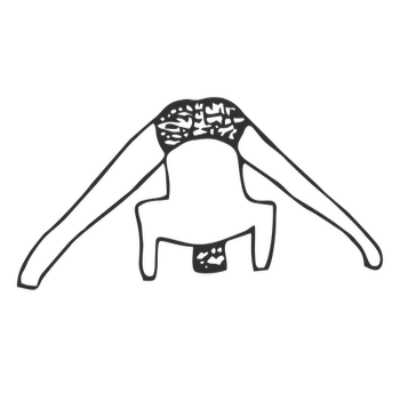

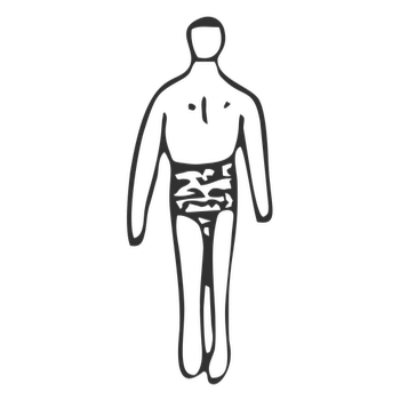
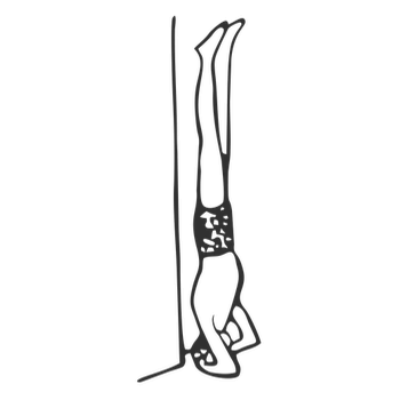
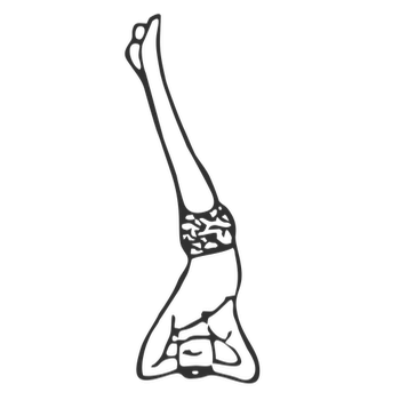
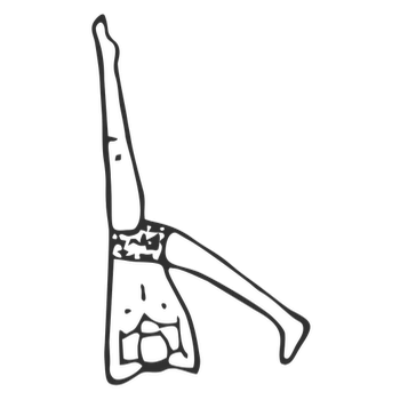

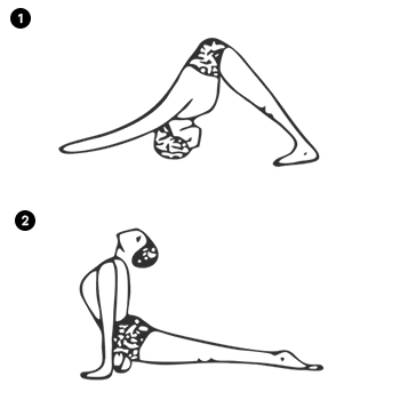
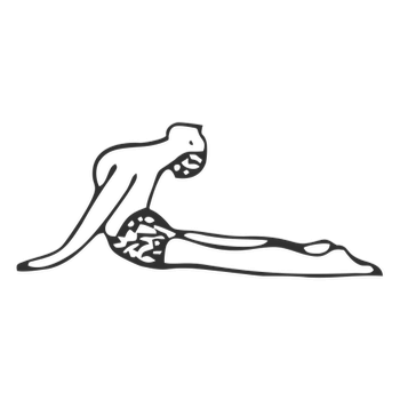
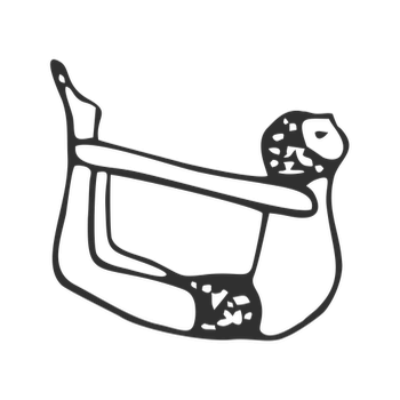

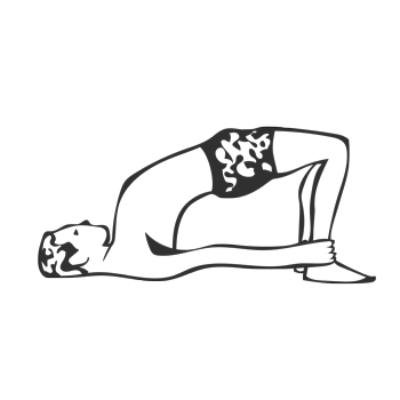
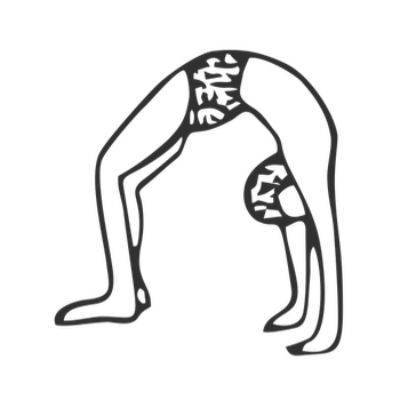
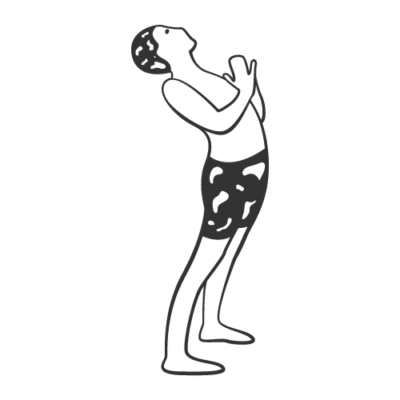


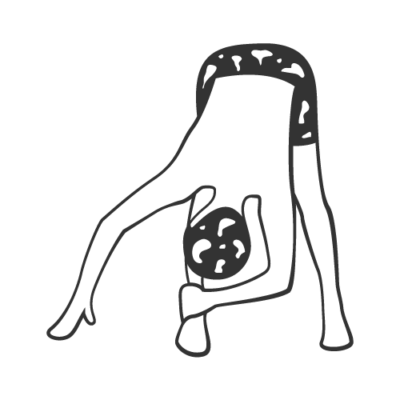

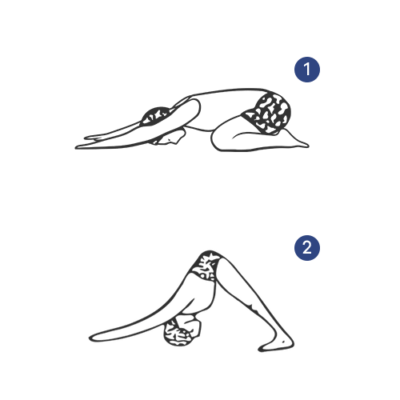

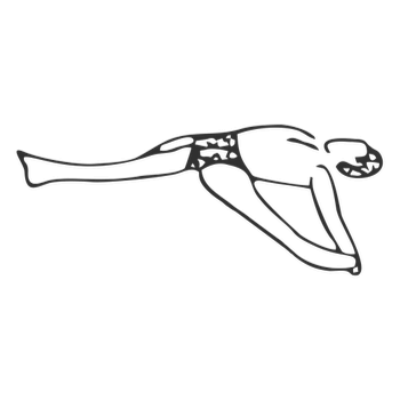
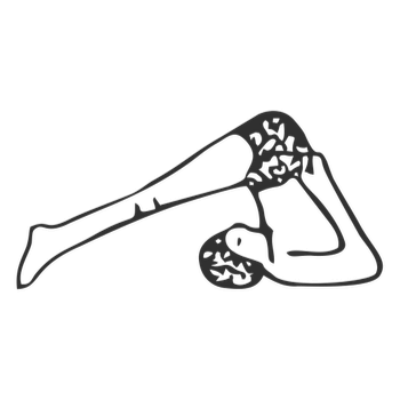
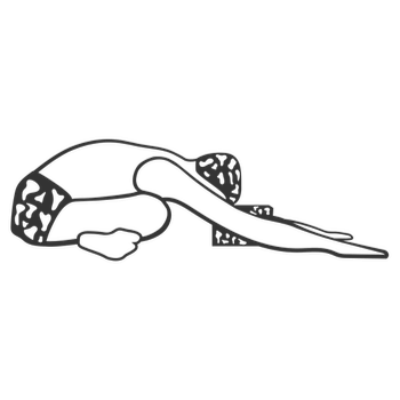
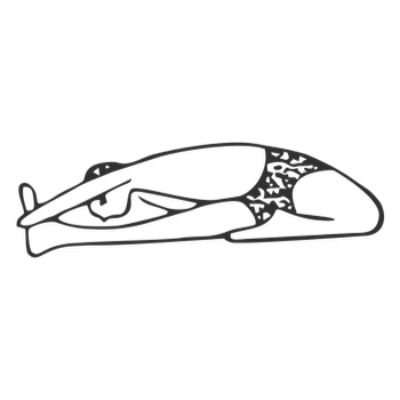
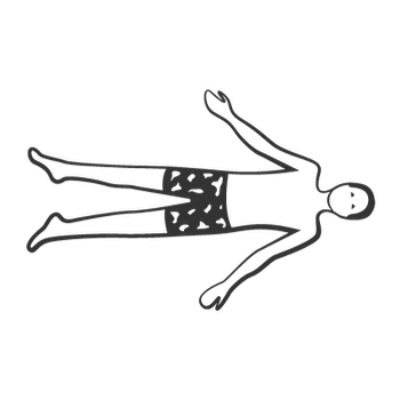
Share
Save PDF and print
You are welcome to download the PDF of the sequence and print and distribute it freely. You may have to wait up to 30 seconds for the PDF to generate. Please credit the teacher who created it. All illustrations from Dona Holleman’s ‘Yoga Darśana’, RIMYI Institute texts and Yoga Vastu illustrators for original asana drawings.
